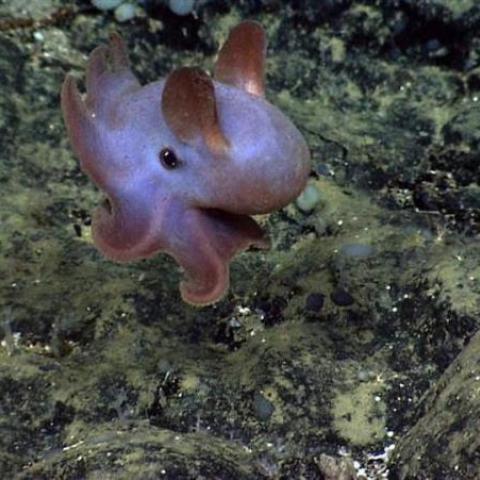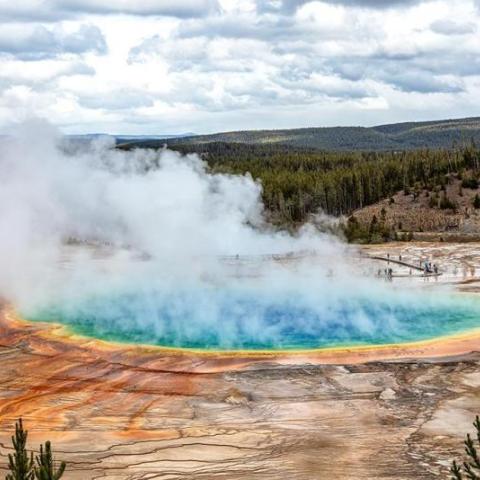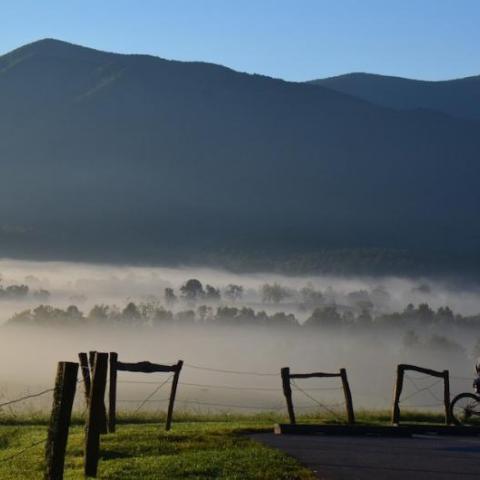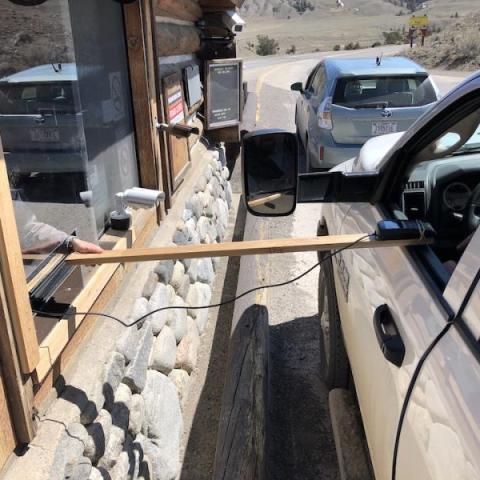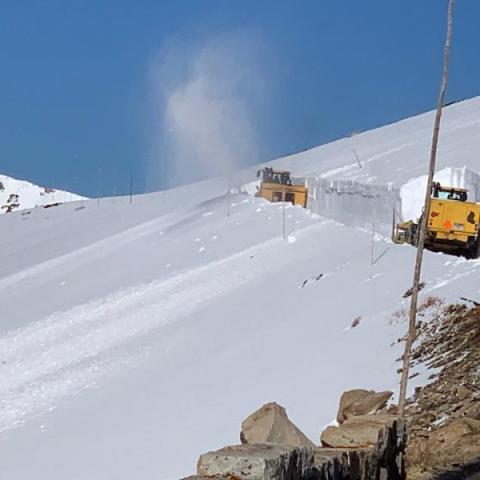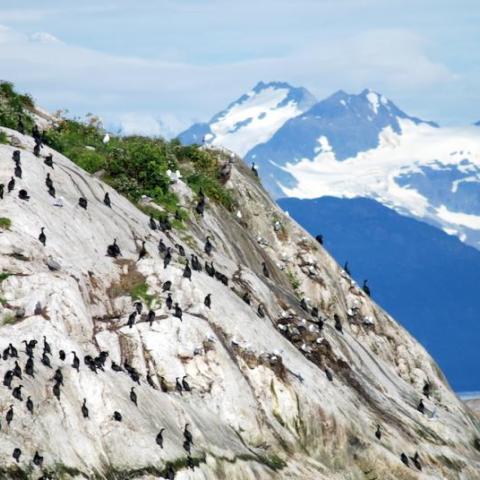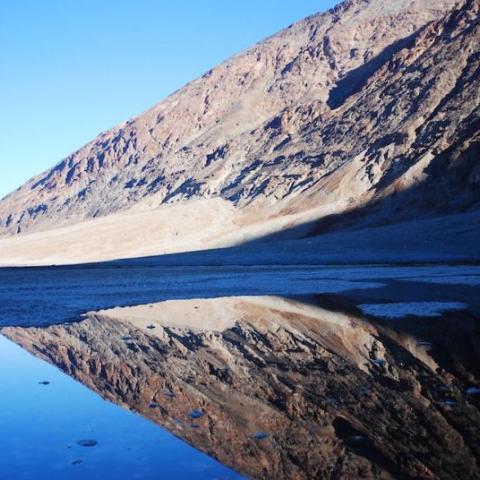Conserving Nature In A Time Of Crisis: Protected Areas And COVID-19

Many of the threats facing biodiversity and protected areas will be exacerbated during, and following, the Covid-19 outbreak. The health of humans, animals and ecosystems are interconnected. An expanding agricultural frontier and human incursions into natural areas for logging, mining and other purposes has led to habitat loss and fragmentation, increased contact between human and wildlife and greater exploitation and trade of wild animal products. This enables the spread of diseases from animal populations to humans who have little or no resistance to them; Covid-19 is just the latest and most widespread of these zoonotic pandemics, following SARS, MERS and Ebola.
- By NPT Staff - June 6th, 2020 2:00am

